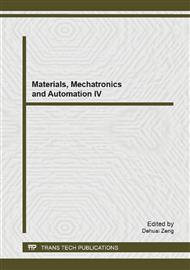p.306
p.314
p.321
p.327
p.333
p.339
p.345
p.353
p.356
DCGF in Ji’Nan: Construction and Issues
Abstract:
The aim of this paper is to give a review of Digital China Geospatial Framework (DCGF) construction in Ji’nan which is named Digital Ji’nan Geospatial Framework (DJGF). As a national promotting project of DCGF, DJGF has seven components: Municipal Geospatial Information Resource Catalog (MGIRC), Geospatial Framework Datasets (GFD), Geographical Information Database Management System (GIDMS), Public Service Platform (PSP), Security system , Runtime Environment and Pilot Projects. The key methods used in DJGF mainly include Extraction-Transformation-Loading (ETL) technology and service extension. Along with the construction of DJGF, the integrated surveying business system has been built, automatial processing technologies also have been applied to improve the data production efficiency. Moreover, " sub-building, co-sharing, one data-one resource" mechanism has been Put forward and promote the benign circulation of datas. Now, as a fundamental platform for geospatial data exchanging and service supplying, DJGF have been widely used in urban planning, land resources, environment, climate, etc.
Info:
Periodical:
Pages:
333-338
Citation:
Online since:
June 2014
Authors:
Price:
Сopyright:
© 2014 Trans Tech Publications Ltd. All Rights Reserved
Share:
Citation:


